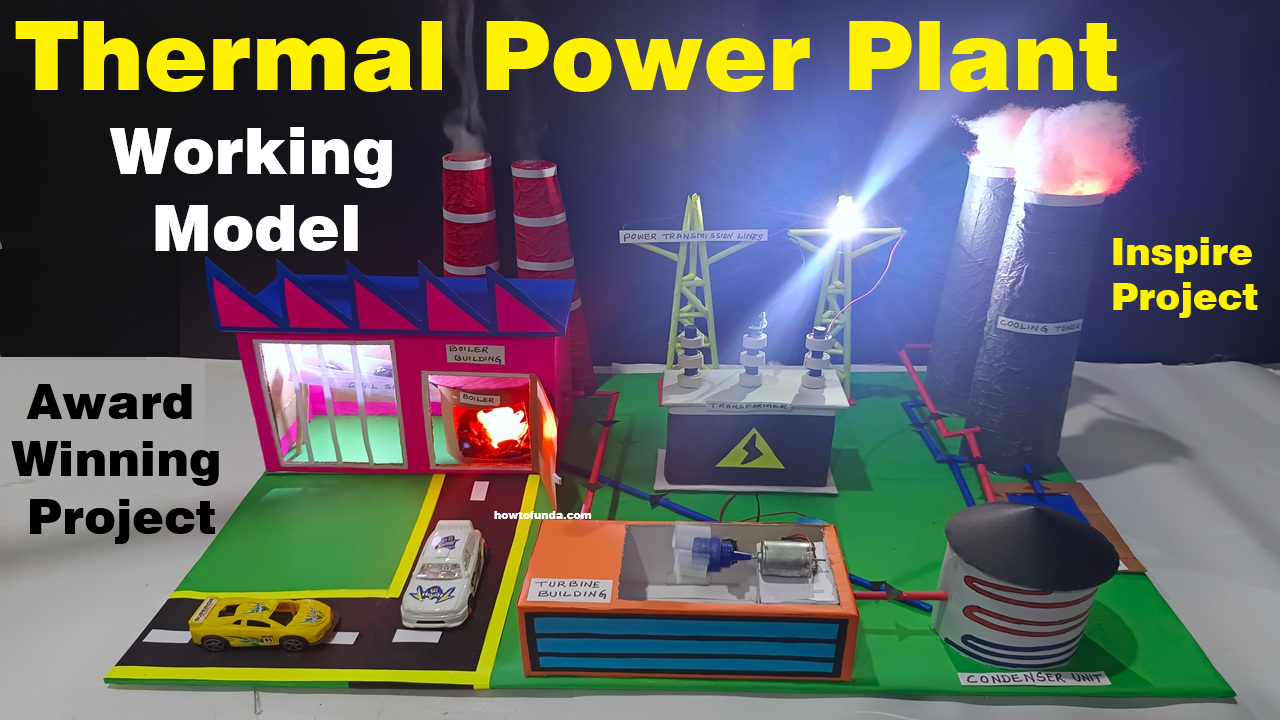
1. Converts Heat to Electricity
A thermal power plant generates electricity by burning fuel (like coal, oil, or gas) to produce steam, which drives a turbine connected to a generator.
2. Steam Is the Main Driver
Water is heated to a high temperature to turn into high-pressure steam. This steam spins the turbine blades — this motion is what actually produces electricity.
3. Uses the Law of Energy Conversion
It demonstrates the principle of energy transformation:
Chemical energy → Heat energy → Mechanical energy → Electrical energy
4. Coal Is the Most Common Fuel
Around 65–70% of electricity in countries like India still comes from coal-based thermal power plants.
5. Very High Temperatures Involved
Water is typically heated to over 500°C to generate the high-pressure steam needed to move the turbines efficiently.
6. Major Contributor to Pollution
Thermal power plants are a leading source of air pollution, producing:
- Carbon dioxide (CO₂)
- Sulfur dioxide (SO₂)
- Nitrogen oxides (NOₓ)
- Ash and particulate matter
7. Requires a Lot of Water
Large amounts of cooling water are used to condense the steam after it passes through turbines. This is why most thermal plants are near rivers or lakes.
8. Not Renewable
Since it uses fossil fuels, thermal power is non-renewable and contributes to climate change.
9. Complex Infrastructure
A typical thermal power plant includes:
- Boiler (heats water)
- Turbine (spins with steam)
- Generator (produces electricity)
- Condenser (cools steam back to water)
- Chimney (releases exhaust gases)
10. Efficiency is Around 35–40%
Only about one-third of the energy in the fuel is actually converted into usable electricity — the rest is lost as heat.

